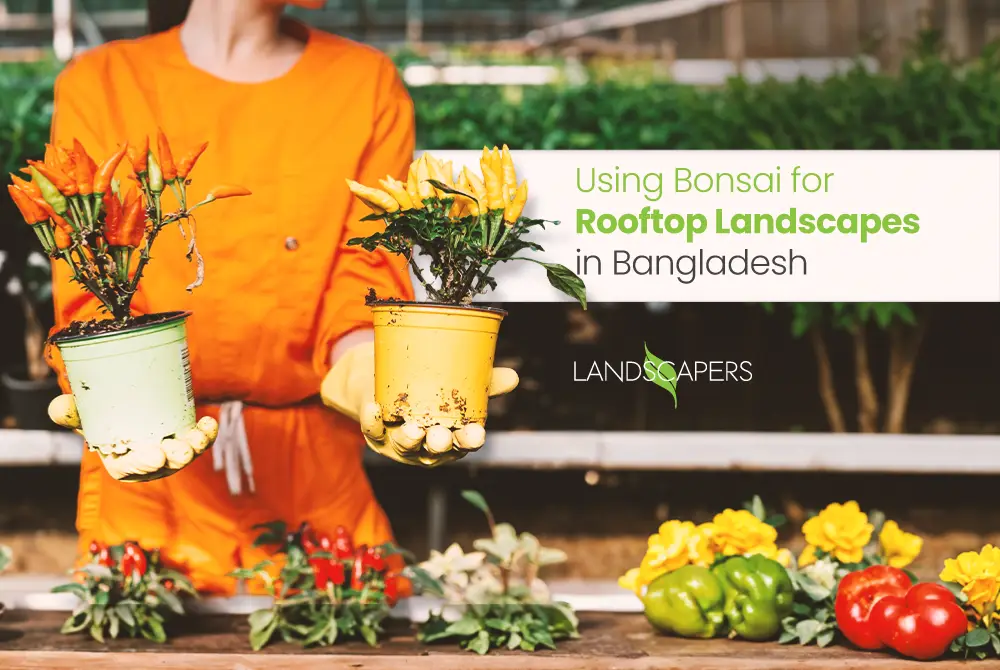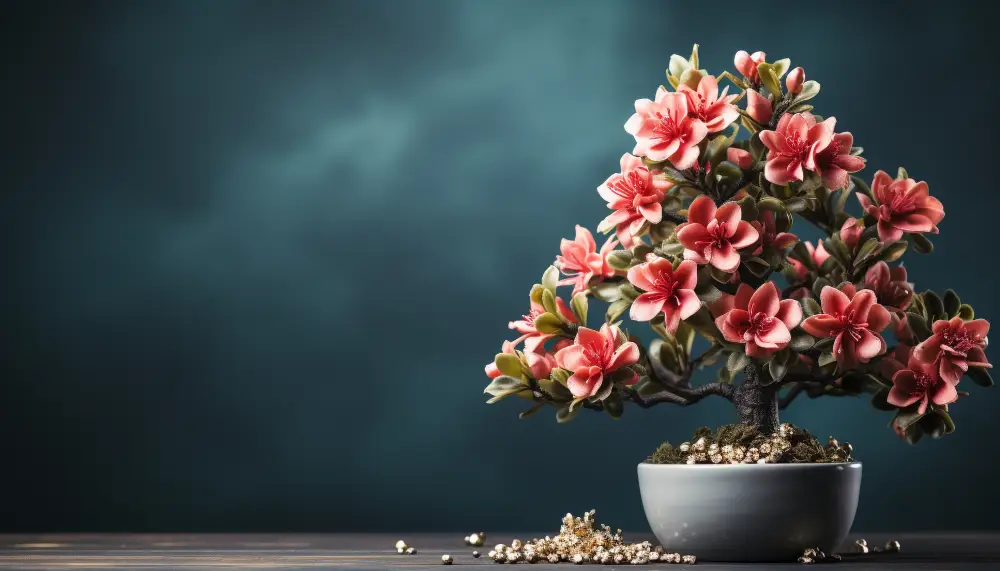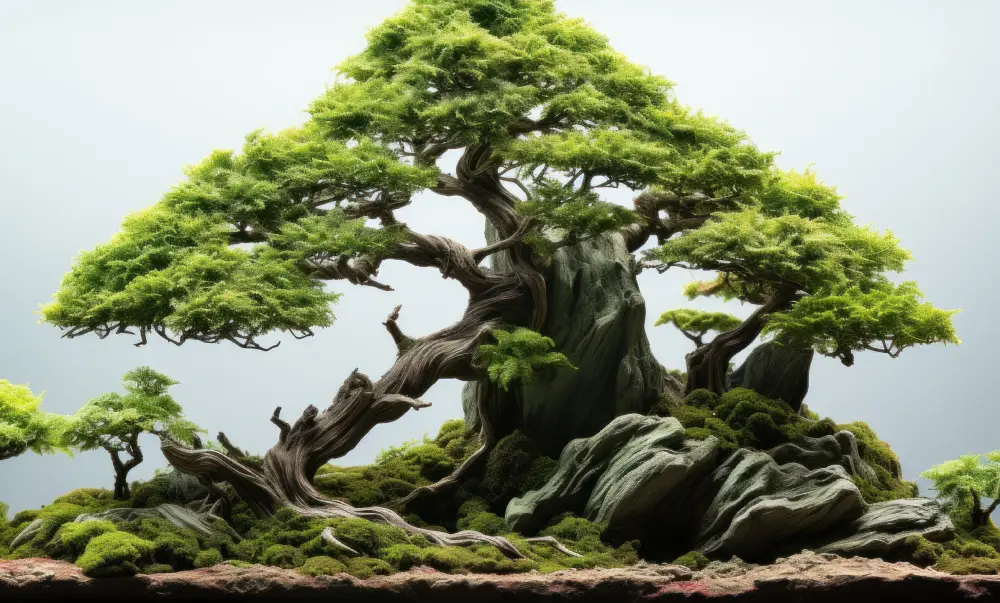
Using Bonsai for Rooftop Landscapes in Bangladesh
Every inch of space that you get as part of your home or apartment in Dhaka is a luxury meant to be enjoyed to the fullest. This means that if you can save some space in your balcony/ verandah, living room, or rooftop; the world will be your oyster. Whether you enjoy DIY projects, are looking for a new and interesting hobby, or simply want a creative outlet for your ideas–these extra spaces can be a boon in disguise. A bonsai landscape could be a fun and innovative attempt at giving a new spin to an old classic. If you are looking for bonsai landscape ideas, a local nursery or tree enthusiast group could be your best bet.
Some questions you might encounter would be with regards to what a bonsai is, the different kinds that are most common, and whether it will be a good concept to adopt for rooftop landscaping in Bangladesh. Bonsai is the Japanese art of growing and shaping miniature trees in containers, the literal translation being “tray planting”.

These days, gardeners and landscapers see it as a challenge to try and adapt local fauna and foliage to fit into different containers that fit the description of those used in Bonsai. Cuttings from larger trees like banyan and mahogany are most common as their root systems are the most complex; but any tree that is large can be adapted using specific methods.
Usually, landscaping on the rooftop presents more possibilities than throughout the rest of your home, as there is more real estate to be explored here. There are a number of different methods of tree cuttings you can use, as well as the media for the plant to grow in. You could choose to plant a seed or a sapling to grow into a bonsai, for example the tamarind tree or the pine tree. Some can be grafted, like the mango or citrus trees. Jasmines and bougainvilleas can be cultivated from layers, while the ficus, mulberry and pomegranate can be grown into bonsai from cuttings. Before diving into Bonsai culture, you should first be well-versed in the techniques, including knowing when to trim, pot, repot and shape the roots for optimal growth of each cultivar.
The media used for each plant can differ based on the style preferred by the gardener/ landscaper, and can easily be a mix of materials easily available locally, covered with some grass and a few pebbles to give a more natural look and feel. If your rooftop has strategic cutouts to let sunlight in, you can definitely use these to your advantage to plant your own bonsai garden. The major aesthetic of the Bonsai that makes it so alluring is that trees that normally grow to be large are “shaped” or “trained” to be a certain way that makes them look more aged than they actually are.

Plants grown using bonsai can be aged in different styles, such as the informal or formal upright styles, broom, slanting, windblown and clasped-to-stone styles. Even though only a few trees have been mentioned here, once you start researching and studying the art of Bonsai, and engaging with fellow enthusiasts, you will be able to explore a wider variety of locally available trees, including ones that bear flowers or fruit; a complete deviation from the original track.
While the art of Bonsai can be a difficult one to master, it can be extremely rewarding in the long run, especially if you are looking for a hobby that will simultaneously allow you to put your leisure to good use, while also giving your rooftop a beautiful look. Bonsai trees are smaller in size, but they have wider branches, which means you will have more greenery to enjoy. If you feel adventurous, you could also try to source foreign plants that lend well to a subtropical climate like ours.

